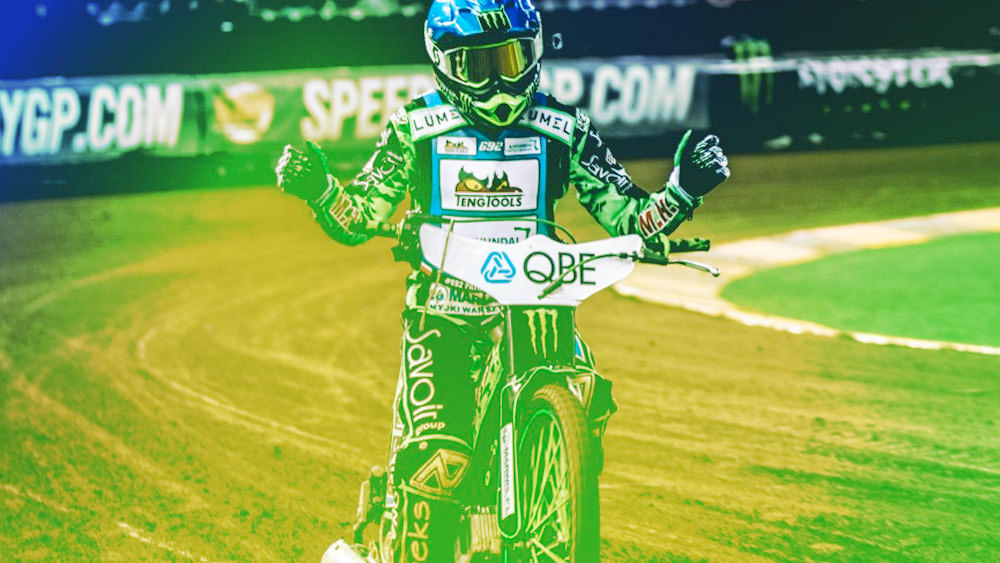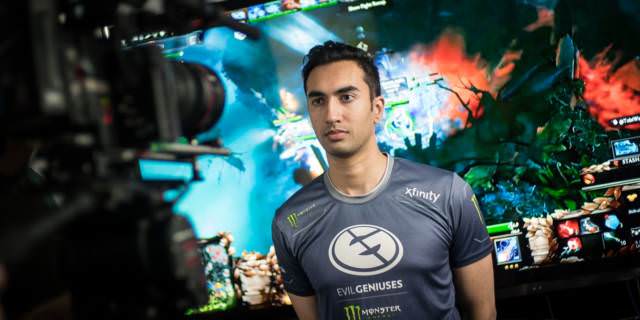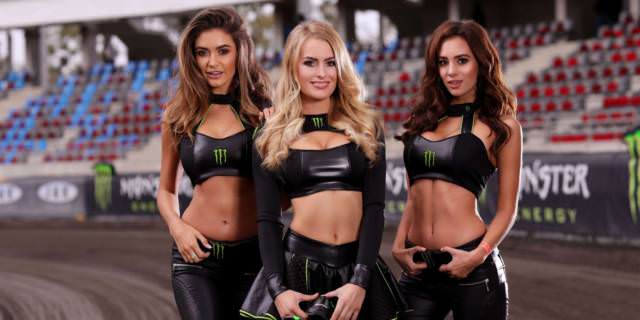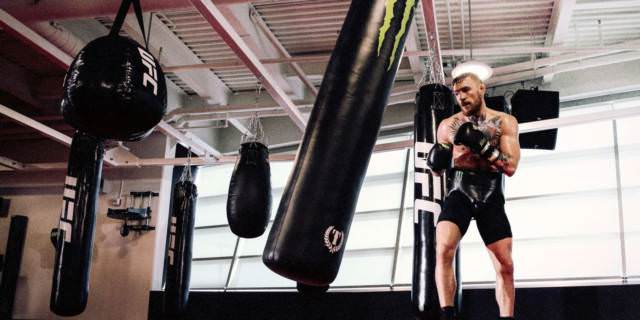Monster Energy’s marketing and positioning has been somewhat of a marvel to witness ever since cans of the sugary substance hit the hands of consumers in 2002.
During its ongoing 15-year battle with Red Bull as the most relevant energy-drink company on the global market, Monster became a near-$30 billion behemoth with a marketing model mostly devoid of paid media, ad buys and creative campaigns across all platforms.
What it did was build messaging by bringing unique experiences and content within their marketing pillars of action sports, music, esports and gaming as well as the ubiquitous Monster Girls. The publicly traded company complemented the move with an edgy and aggressive image to boot.
Hush executives rarely engage with the press to discuss its products or even promote its “unleash the beast” proposition, so when AListDaily sat down with Marianne Radley, senior vice president of marketing for Monster Energy, the first sentiment shared was that the conversation itself was an anomaly.
“We’re very hesitant about doing interviews for no other reason than focusing on building the brand one can at a time with intimate consumer connections,” Radley told AListDaily. “Our marketing has always been very below the line. We’re mindful of that, so we try to keep our time with the press minimal just so it doesn’t look like we’re pushing so much in your face. Everything we do is genuine and sincere, and we try to keep that for all points of communication.”
Once the conversation can was cracked wide open, Radley said that in order to connect with their core consumers and yield the endless emotional engagement that they’ve capitalized on, it’s all about identifying the correct audience—which for them is 18-to-30 year olds—and bringing them unique experiences.
“We’re a lifestyle in a can. It’s about creating emotional connection, excitement and energy, and living in that space,” Radley said. “Our brand message is always going to be found in our core pillars—that’s not going to change as we expand our portfolio to address the consumers’ changing taste palette.”
It appears to be working. Loyalty and love behind the rebellious brand is so strong that consumers regularly send pictures of discernible neon-colored green M Claw logo tattoos permanently inked on their bodies.
“That’s the kind of connection people have with our brand,” Radley said. “You’re always thinking about what’s creating push and pull when it comes to marketing. For Monster, it’s our unique proposition. Everything about our marketing is intimately driven with one-on-one conversations with fans and consumers.”
One of the key consumer verticals Monster maximizes on is gaming and esports by focusing more on the athletes and teams and less on leagues. The move helps Monster globally identify the emerging games and top players it needs to be involved with. For them, that means more than writing a check and having someone wear the logo. Radley said she’s getting up to speed herself and learning as well, partly being educated by her marketing team and teenage sons.
“I’m much older than our demo. The passion, excitement and energy that exists for gaming is amazing. It’s alive, exciting and completely different from my expectations,” Radley said. “I’ve had the pleasure of seeing tournaments in China, and it’s just a natural fit for Monster to be there. The whole building is full of energy . . . We want to partner with someone who embodies the brand image well. We’ve got gamers so entrenched in it, they’re able to find the right people to make associations with.”
In addition to gaming, Monster also maintains an edgy positioning with the Monster Girls. Although the ladies have drawn public ire for their revealing looks in the past, they remain an integral part of building brand awareness and fan engagement.
“When you put Monster next to any other consumer product group, what we do very well is experiential marketing and fan engagement activations at events,” Radley said. “The Monster Girls are beautiful, smart, energetic, edgy—they’re everything that Monster is. Sometimes there’s controversy, but our brand thrives on that. That’s part of our core, and we don’t shy away from it.”
Radley says they excel in those kinds of environments because they are also bucking the system.
They furthered the brand’s “bad boy” image by rejoining forces with UFC superstar Conor McGregor. For the promotion of the Floyd Mayweather-McGregor mega fight in August, Monster renewed its relationship with the MMA star and strayed from their everyday marketing strategy by embracing paid media with a 360-degree digital plan pushing content across various social channels, fight-viewing parties, retail tie-ins, point-of-sales and sticker-and-jersey giveaways. Radley said landing the partnership, which was highlighted by a commercial and the M Claw logo on McGregor’s shorts on fight night, was like “winning the lottery.”
“We almost never do above-the-line media buys. We’re not a brand that does commercials,” Radley affirmed. “We’ve been involved in combat sports for a long time, and Conor has been a perfect embodiment of everything that we think about our brand. For us, it’s about harnessing and maximizing the association of our brand with Conor and leveraging partnerships and associations with bottlers and retail partners across all platforms globally.”
Radley spoke favorably of Monster’s new product development team and innovations department that helps facilitate its experiences. Monster’s expanded caffeinated portfolio of late includes Monster Green, Ultra Line and the zero-sugar Ultra White.
“It’s an interesting conversation with our bottlers because our marketing is so much different than what they’ve done before . . . I think if you look across the broad spectrum of energy-drink companies, we really are the leader in driving innovation,” Radley said. “It’s not changing our messaging, it’s understanding who our customer is, the changing landscape and offering a broader range of products to them.”
Whether it’s shining the spotlight on up-and-coming artists before they’ve become household names with the Outbreak Tour or continuing to champion motor sports, skateboarding, surfing and snowboarding, Radley said Monster will always have the consumer along for the ride.
“It’s a very easy conversation to have when you’ve got a brand with such imagery and passion packed in a can—it speaks to people. It all fits in,” she said. “It’s not just about the drink, it’s about the unique experiences, it’s about the energy, the emotional connection to the brand and learning from that. It’s getting yourself out there. We take them on a learning journey, and they become believers in the brand.”




